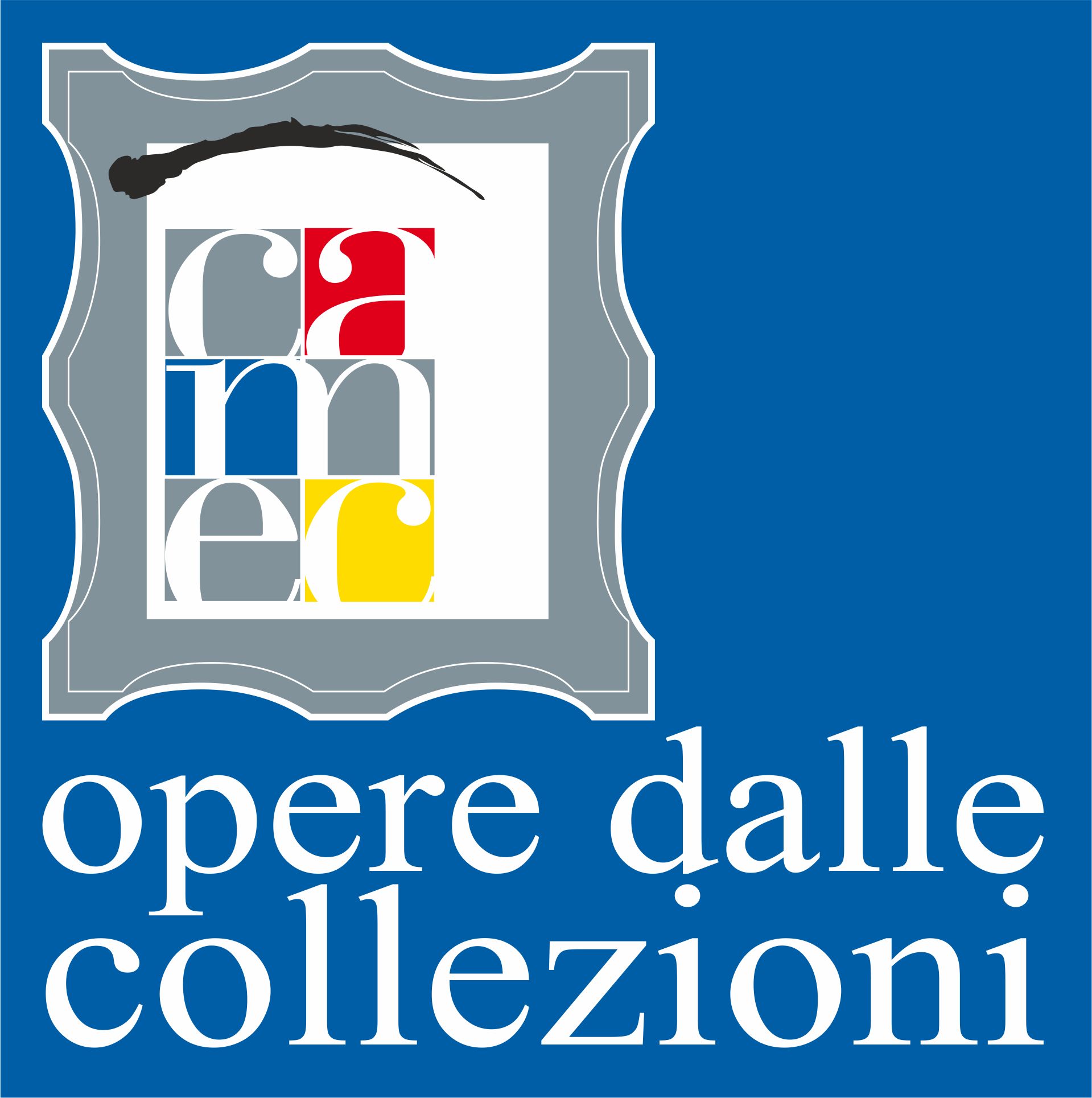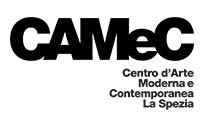
Works from the CAMeC collections
The CAMeC has prepared a renewed selection of the permanent collections this time related to the educational activities and for the general public wishing to get to know them better.
The various groups of works have been specifically targeted at providing creative, cognitive and ludic stimuli for young users and they also aim to offer the public at large a number of varied explorations of different thematic and linguistic environments.
Following the groups of works, located in different areas of the museum.
Still life. Food in art
This is a small digression into one of the most explored territories of figurative art (particularly from the 17th century onwards but actually beginning with antiquity). Still life in contemporary art is interpreted in many, discordant ways, tending to reflect the individual artist’s particular field of interest. This small anthology ranges from virtuous verisimilitude to pop debunking, passing through the various other interpretations of great 20th-century artists.
Artists: Felice Carena, Bruno Cassinari, Filippo de Pisis, Giovanna Guerri, Giuseppe Martinelli, Francesco Musante, Giuseppe Rivieri, Concetto Pozzati, Marco Rindori, Rilk Slabbink, Daniel Spoerri, Andy Warhol.
Small size. Small masterpieces from the CAMeC collections
Smallness is a particularly interesting terrain for artists, who condense or develop their idea or intention in a small space, seeing this as a point of departure or arrival in the creative process. It is a kind of try-out, a favourite testing-ground for many artists who experiment with the most varied modes in their search for efficacy of composition and balance of the material. It is often a distinctive trait of a collection: my collection of small pictures? An obsession, a beautiful mania. I walk round the house and feel that I am living in a museum which is wholly my own (Cesare Zavattini, 1963).
Artists: Arman, Jean Dubuffet, Keith Haring, Zoltán Kemény, Gianluca Lerici (prof. Bad Trip), Robert Mangold, Diet Sayler.
The landscape, the town, the house
This selection of works concentrates on a highly topical subject, the environment and its relationship with human beings. It brings together various representations and interpretations of the rural and urban landscape, also including the vision of the house and the domestic space.
Artists: Manlio Argenti, Bernd e Hilla Becher, Alberto Burri, Emmanuele Coltellacci, Gilbert & George, Jonathan Guaitamacchi, Pompilio Mandelli, Luca Matti, Carlo Montarsolo, Gordon Matta Clark, Mattia Moreni, Dennis Oppenheim, Maria Tacchini, George Tatge, Edwin Zwakman.
“Fairy-tale art”
In this case, the collection of paintings is closely linked to the contents of the lab entitled Fairy-tale art. Interaction with a work of art can be surprising, magical and exciting. Children, and not only children, will find stimuli for their imagination and fantasy. Surreal landscapes, dreamlike visions, characters and fairy-tale creatures during the workshop will stimulate participants to create their own personal illustrated fairy tale.
Artists: Mirko Baricchi, Claudio Cargiolli, Salvatore Fiume, Graziano Guiso, Francesco Musante, Nicola Perucca, Antonio Possenti.
Sign, colour, shape
Geometrical abstraction
Lyrical/informal abstraction
This collection encourages visitors to become more familiar with abstract painting, proposing itself as a guide to its interpretation and as an exemplary compendium divided into some of its most fundamental linguistic variations. The works collected here offer themselves as authoritative documents for understanding elements of style (the mark, the gesture, the new use of colour, the attention to and invention of shape, the reformulation of the artistic vocabulary), and are also direct reference points for the scheduled laboratory activity.
Artists: Ferdinando Acerbi, Giuseppe Ajmone, Karel Appel, Claude Bellegarde, Max Bill, Enzo Brunori, Margherita Carena, Marco Casentini, Roberto Crippa, Piero Dorazio, Jean Fautrier, A. R. Penck, Romano Rizzato, Filippo Scroppo, Francisco Sobrino.
The groups of works can change due to set-up requirements..
